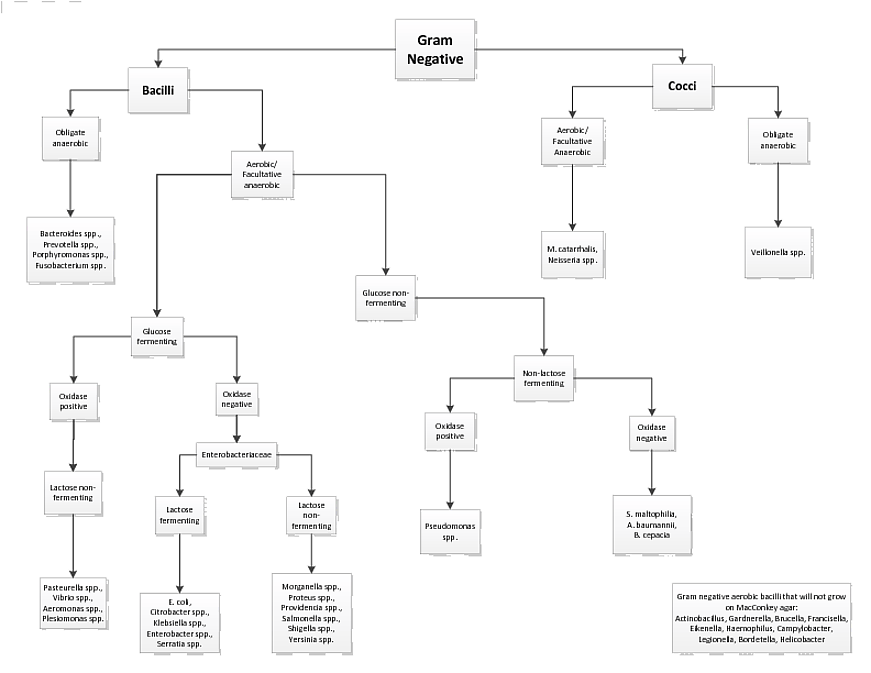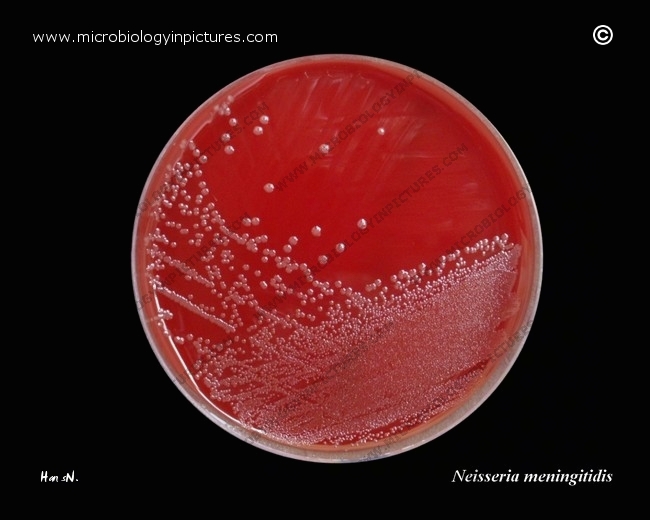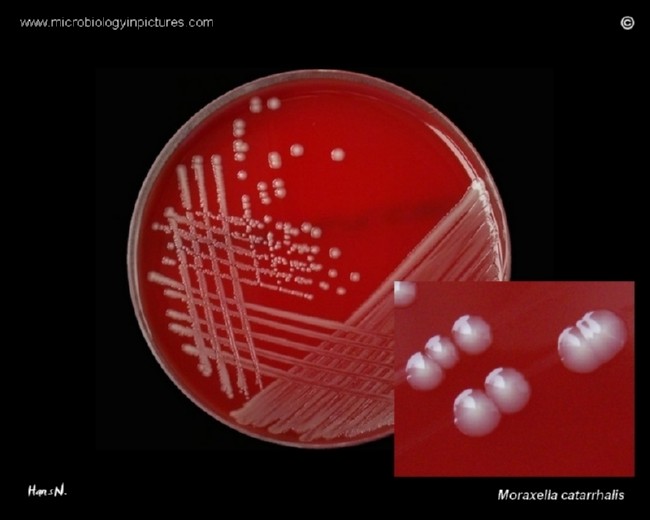I did some tests to a bacteria colony and I observed the following:
First of all let's start from the shape and after that we move on to the chemical tests that I did to them:
- Form: Circular
- Colour: Yellow-to-white (something like pale yellow)
- Margin: Entire
- Elevation: Flat
Chemical results:
- Gram: Negative
- Catalase: Positive
- Oxidase: Positive
After some research to the databases, I figured out that it might be:
If it belongs to the family of Pseudomonas:
- Chryseomonas luteola OR Pseudomonas luteola group Ve-1 with a chance of 48.21%
- Flavimonas oryzihabitans group Ve-2 with a chance of 48.21%
- Xanthomonas maltophilia OR Pseudomonas-like spp, with a extremely low possibility of 1.34%.
So, my question has 3 parts:
Can someone please tell me if my hypothesis is right?
And if it is possible which bacteria from the above is the correct?
If you manage to find the correct type of bacteria can someone tell me the ideal enviroment to study them better? (agar plates, temperature, time needed, etc.) Thank you for all the efforts made!
Important notice: I have used a blood agar plate with a concentration of 5–10%. It contains as far I know, mammalian blood maybe from sheep or horse. I forgot to check the temperature, but I don't think that it is very important.



